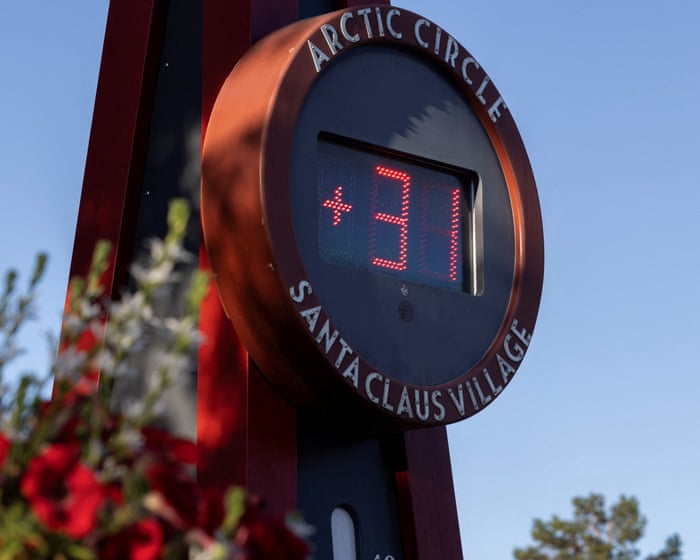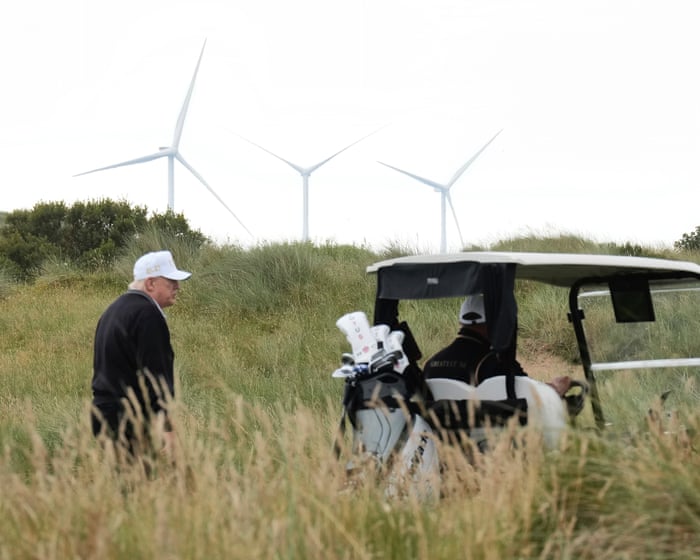Northern Europe is experiencing record-breaking heatwaves, with unusually high temperatures scorching typically cold Nordic countries.
In Norway’s Arctic Circle, temperatures soared above 30°C (86°F) on 13 days in July. Finland endured three consecutive weeks of 30°C heat—the longest such streak since records began in 1961, surpassing the previous record by 50%.
Mika Rantanen, a climate scientist at the Finnish Meteorological Institute, noted on Thursday: “This truly unprecedented heatwave continues, with today’s highs around 32-33°C. Even Arctic regions have seen three weeks above 25°C and may challenge August heat records soon.”
Norway’s northernmost counties recorded 30°C+ temperatures on 12 days in July. Though a brief cool spell occurred last week, forecasters warned that extreme heat could return over the weekend. “Northern Norway still has hot days ahead,” officials said.
Sweden also faced prolonged heatwaves, with northern stations reporting 14-15 straight days above 25°C. “To find longer heatwaves at these locations, you’d have to look back over a century,” said Sverker Hellström of Sweden’s Meteorological Institute.
The extreme heat, fueled by warm ocean currents and persistent high pressure, pushed Nordic temperatures 8-10°C above normal. The region has since faced storms, lightning strikes, and wildfires.
The unrelenting heat has caught many off guard in areas accustomed to cold. Studies warn that countries like Norway, the UK, and Switzerland will see the sharpest relative increase in extreme heat days as global temperatures rise—and their infrastructure isn’t prepared.
In Finland, an ice rink opened as a cooling shelter after hospitals overflowed with heat-related cases. Reindeer herders warned their animals were at risk of heatstroke. Meanwhile, tourists seeking “coolcations” in Scandinavia instead faced dangerous heat warnings.
“As climate change accelerates, extreme heatwaves will grow more intense, frequent, and long-lasting,” said Heikki Tuomenvirta of the Finnish Meteorological Institute.




